I've frequently seen a space preceding the closing slash in XML and HTML tags. The XHTML line break is probably the canonical example:
<br />
instead of:
<br/>
The space seems superfluous. In fact, I think that it is superfluous.
What is the reason for writing this space?
I've read that the space solves some "backwards compatibility issues." Which backwards compatibility issues? Are those issues still relevant, or are we still adding extra spaces for the sake of, say, IE3 compatibility? Does there exist some spec with the definitive answer on this?
If not backwards compatibility, then is it a readability issue? Similar to the Great Open Curly Brace debate?
void it_goes_up_here() {
int no_you_fool_it_goes_down_there()
{
I can certainly respect differing stylistic opinions, so I'll be happy to learn that writing the space is simply a matter of taste.

just looks so much better than
– mk12 Oct 31 '09 at 03:36